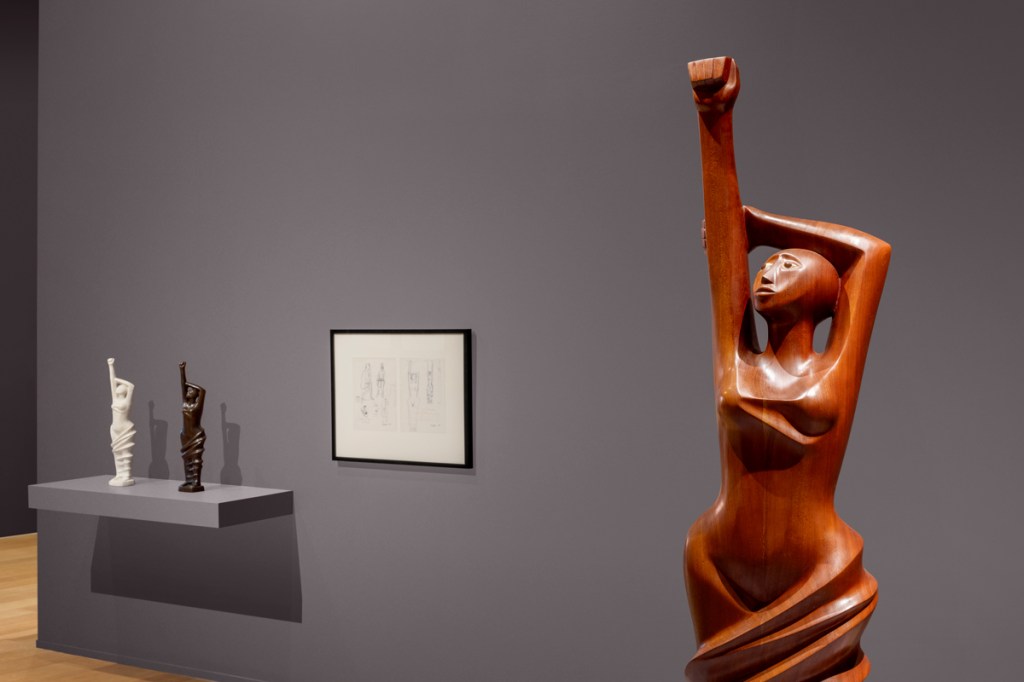South African Cave Art May Depict Extinct Animal from 250 M. Years Ago, New Study Finds
Rock art located in present-day South Africa might be the key to discovering an extinct animal species from more than 200 million years ago, according to a recent study published in Plos One journal. The animal in question would have gone extinct long before humans came on the scene.
The Horned Serpent Panel, a section of rock wall at the South African site La Belle France, features the animal in artworks painted by the San people between 1821 and 1835. The paintings, which show animals and other common elements associated with the San, appear along the wall under a sandstone overhang. An animal with a long body and down-turned tusks is among those portrayed, but it does not match any of the known species that lived in the area during that time.
Researcher Julien Benoit of the University of the Witwatersrand in Johannesburg, South Africa has proposed that the painting represents a dicynodont—the fossils of which are abundant among the nearby Karoo Basin, a geologic region across two-thirds of the country including the La Belle France site.
Dicynodonts were herbivorous animals characterized by turtle-like beaks and walrus-like tusks. The large mammal-like reptile supposedly once roamed South Africa freely between 265 to 200 million years ago, emerging ahead of the dinosaurs. They are part of the therapsids, which later evolved into mammals in the Mesozoic Era (roughly 252-66 million years ago).
The San are known for depicting animals, fossils, and environment into their art. Those fossils identified around the site have dated as far back as 250 million years.
“In many cases, their skulls are naturally exposed by erosion in spectacular ways, making them easy to find and collect, and their tusks are so conspicuous that their anatomy is not difficult to interpret, even to the untrained eyes,” Benoit observed in the study.
“Archaeological evidence directly supports that the San did find and transport fossils over long distances, and could interpret them in surprisingly accurate ways. If the San could identify the fossilized skulls of dicynodonts as belonging to once alive animals, it is possible that their tusked faces could have contributed to their rock art.”
According to Benoit’s research, the painting and the fossils appear to be a match for one another. Other interpretations, however, are not out of the realm of possibility.
“Pure imagination may be safely ruled out as the San did not paint things that were completely imaginary. Their art was based on real-life elements, mostly animals. A walrus is excluded because no walrus has ever lived in sub-Saharan Africa. A saber-toothed cat is excluded too as their fossils are too rare and not found in the area. Other tusked animals simply do not match,” Benoit told Newsweek.
If the painting in fact depicts a dicynodont, it would then predate the first formal scientific record of these animals by at least 10 years.
This discovery could shed light on other mysterious depictions that have yet to be solved.



